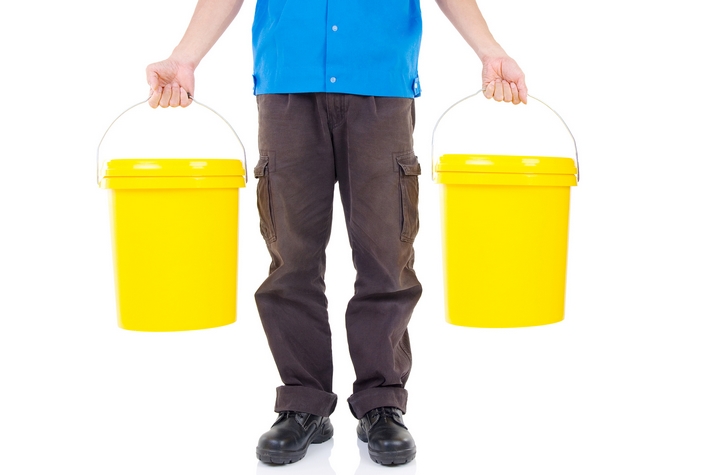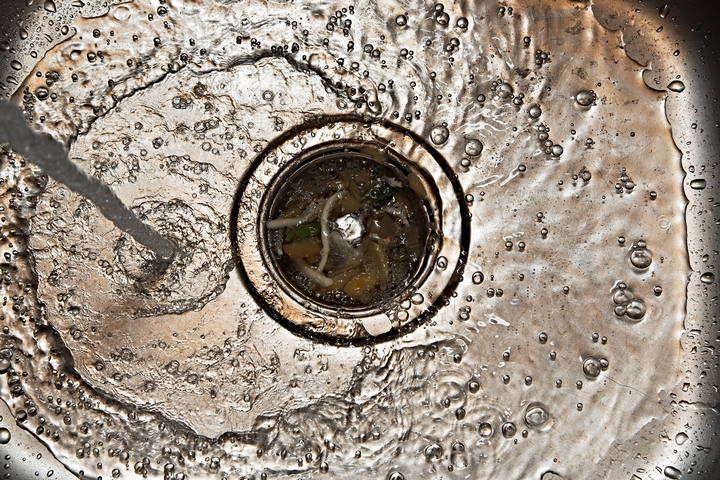Every household accumulates a lot of waste. This is the world we live in now. Most of the waste that we accrue is benign, but some of the waste that is gathered in our humble abode can not only be damaging to the environment, but it can impact your neighbourhood as well. Think of the oils in your frying pans and pots. You let it cool down and then you pour it down the drain. That is one of the worst things you could do for both your pipes and the municipality.
Liquid waste is beginning to become a massive headache for municipalities and provinces across the Great White North. It affects sewers, it leads to more work, and it hurts areas when a storm system arrives and it seeps into the sewer. You may think that there is nothing you can do, but there are many measures you can employ at this very minute.
Here are five tips for properly disposing your household liquid waste:
1. Place Your Grease & Oil in Special Container

After you have let the oil and grease cool down for a little while, you should refrain from pouring it down the drain. This will only do more harm than good.
Here are a few steps you can take:
- Wipe down the extra oil and grease with a paper towel.
- Reuse some of the oil or grease for future meals.
- Pour the grease and oil in a container to throw out later.
These are the three best solutions, and municipalities would greatly appreciate it if you began to incorporate some of these into your daily routine.
2. Scrape Food Scraps into Garbage

Yes, you do have a kitchen sink trash disposal system in your home. However, just because you have one, it doesn’t mean that you should necessarily use it all the time.
In other words, the food scraps that you left on the table should not be scraped into the kitchen sink and down the drain, particularly if there is some leftover grease and oil.
Instead, you should scrape the bits of food into the garbage. This will save a lot of time and money.
3. Never Pour Solvents Down the Drain

Here is something to pay extra attention to: never, ever pour solvents or gasoline down the drain. Some examples of solvents include ethanol, chloroform, acetone and toluene.
This is a serious hazard and could potentially lead to a fire, or even damage your overall plumbing system. Simply put: just refrain from doing it.
4. Use Storage Containers That Match Liquid Waste

What type of liquid waste do you come into daily contact with? This is a good question for both the home and work, especially if you’re involved in a factory setting.
Depending on the categories of liquid waste you produce, you should invest in storage containers that match the liquid waste that you accumulate over time. By having the necessary storage containers, you can place it in the trash the correct way.
5. Educate Household About the Best Practices

Lastly, if there is more than just you and your spouse in the home, then you need to educate the entire household about the best liquid waste disposal practices. Should you institute the aforementioned recommendations, you need to relay the tips to your son or daughter, grandmother or grandfather.
Liquid waste is quickly becoming an environmental headache for municipal leaders. It is impacting sewage systems, it is negatively affecting household pipes and it is causing a strain on municipal resources, especially during a flood or other type of natural disaster. This is why you should certainly implement the best liquid waste disposal solutions. The previous suggestions are only the beginning. Try to do more.

